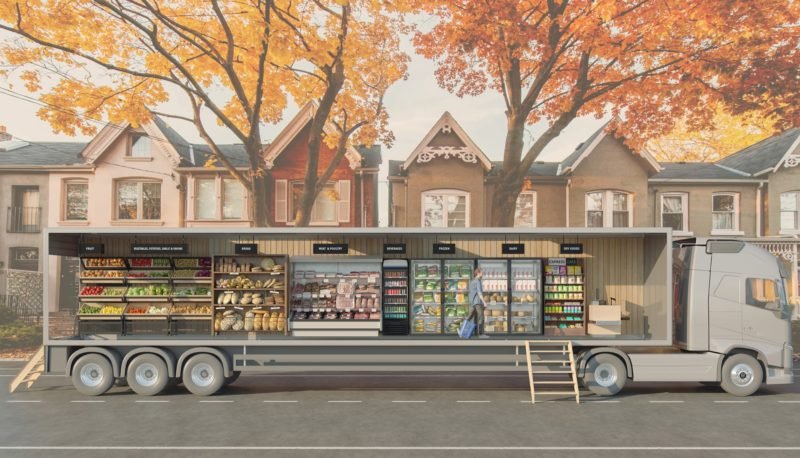The Emergence Of Coworking
The classic model of industrial development is characterised by a time-spatial concentration of work. In the past centralisation of labour created not only a dividing line between work and non-working, but also a stronger segregation between urban and rural areas (urbanisation, ‘sleep cities’). Moreover, this model caused a huge intensification of commuter traffic.

Albert Benschop, social scientist at the University of Amsterdam, assumes society seems to be at the beginning of a ‘reverse industrial revolution’ deconcentrating time and individualising labour. Due to the emerge of modern information technology, labour becomes flexible and independent from place. The working nomad is born; the classic dividing line between work and home gets blurred.
Critics of these new working models warn for a further individualisation trend that isolates flexible workers from social contact. Indeed, there is no need to go to the office and have a chat at the coffee machine. But the emerge of so-called ‘coworking’ could bring us to a situation that’s even more comfortable than having stupid colleagues you are forced to talk with.
“Coworking is an emerging trend for a new pattern for working. Typically work-at-home professionals or independent contractors or people who travel frequently end up working in relative isolation. Coworking is the social gathering of a group of people, who are still working independently, but who share values and who are interested in the synergy that can happen from working with talented people in the same space.”
…is how Wikipedia defines it. The interesting aspect of this coworking trend is that you can still do the same type of work independent from place, but your fellow colleagues have changed. It’s your choice where to go coworking, so you can decide which kind of people to chat with at the coffee machine. It might bring fresh inspiration and even new projects since you can cowork with people from different fields of profession.



